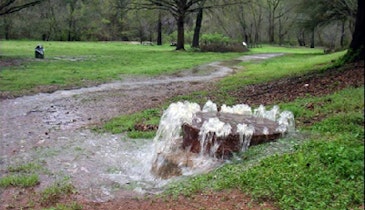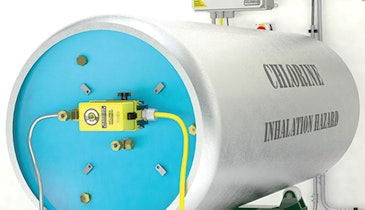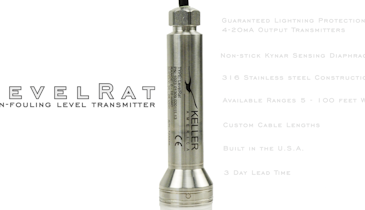What superior disinfection process is created on-site, is done in an enclosed tank, and requires off-gases to be destroyed before release to the atmosphere?
The answer to the question is A, ozonation. The ozonation process involves the creation of ozone by feeding oxygen through electrodes (6,000-20,000 volts). This creates ozone and may be used as disinfectant. The gas is highly unstable, but when dosed properly it is very efficient at disinfecting wastewater effluent of bacteria, viruses, protozoa and other microorganisms as well as some CEC’s. As the off-gas is extremely hazardous, it must be destroyed or recycled before any release to the atmosphere. Understanding the various methods of disinfection is essential for proper operation of wastewater treatment facilities.
In most instances, which water source would contain the highest carbon dioxide concentration?
The correct answer is B, shallow well water. At around 68 degrees F, carbon dioxide may dissolve up to 1,700 mg/L in water. Deep-well water and shallow surface water typically contain lower levels of carbon dioxide (less than 50mg/L and 0-5 mg/L). Carbon dioxide may be more of an issue if the source water is coming from a shallow well. Shallow well water sources range from 50 mg/L to 300 mg/L.





